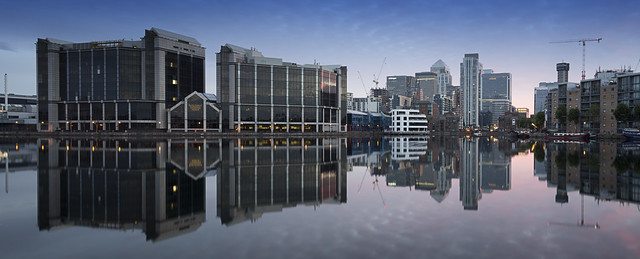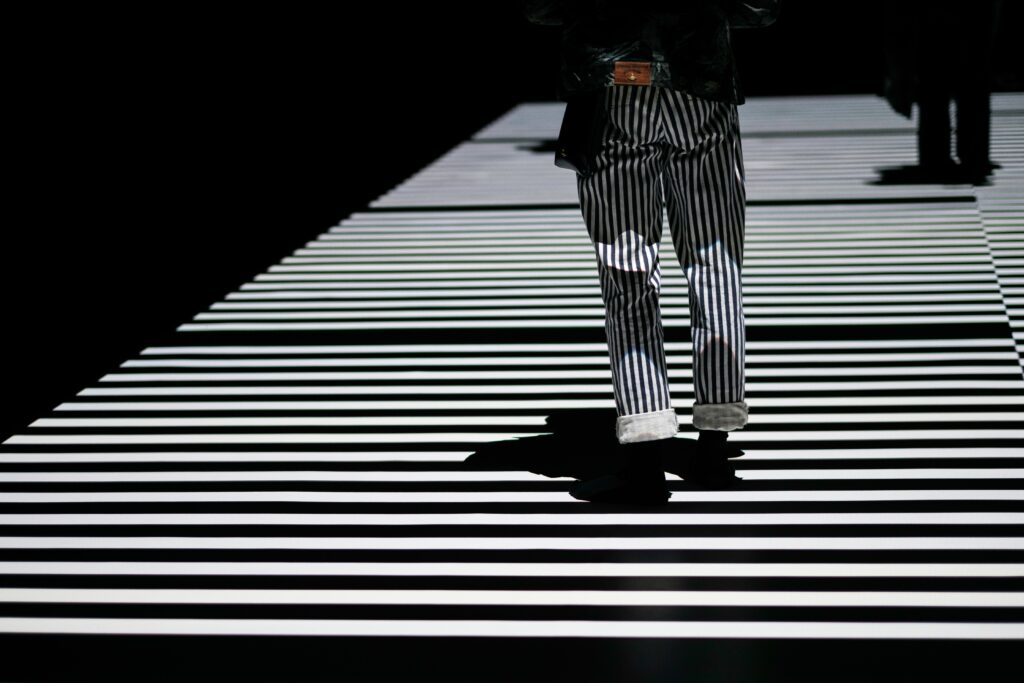7 Architectural Photography Tips to Up Your Game
One of the most important things photography aspires to is helping us understand a given subject.
A meaningful photo can reveal an astounding amount of information and forge a connection between subject and viewer. This is perhaps most readily experienced through portraiture, street photography and photojournalism where human subjects are the primary concern.
Don’t think, however, that this dynamic applies only to living beings. Given the significant role that architecture has played throughout human civilization, the spaces we inhabit deserve to be better understood as well.

The suggestions that follow with this week's architectural photography tips, while by no means difficult to achieve, seek to go beyond the basics of good framing, composition, and exposure — to help you more effectively communicate the value and eloquence embodied by the structures around us.
1. Read up on Your Subject
Normally, my advice is to “just go shoot.” But in a case such as this, it’s important to spend at least a little time reading about a building’s historical significance — its journey from idea to reality, its designer, its uses, its occupants.
All these things can provide valuable insights that will assist in the photographic process.
Before embarking upon a portrait session, a photographer would do well to spend time getting to know her subject a bit: likes, dislikes, hobbies, etc.
The time spent doing this builds a rapport between subject and photographer that makes for a more organic, more personal session. The same principles apply to architectural photography.
2. Make Repeated Visits to the Location
When you’re ready to finally photograph a structure, keep in mind that one visit isn’t going to be enough if you intend to fully take advantage of all your subject has to offer.
The “newness” of a first visit limits the depth of your vision.
It's only after multiple visits that you can begin to recognize the layers within a work of architecture. The immediacy of the beauty you might capture on your first visit is certainly worthwhile, but it is superficial compared to what you will experience after spending a decent amount of time in a space.
3. Bring the Best Tools for the Job
As with any type of photography, it is wise to invest in the tools that will best help you accomplish your goal. Not get me wrong, this isn’t an argument for or against one specific kind of lens, or an admonishment to set a certain budget, or a suggestion to buy from one brand or another.
It's up to you to know what you want out of your architectural photography and then picking up the appropriate tools. Thus it would make sense to obtain a wide angle lens, as the wide field of view can accommodate the large/spacious places you will be photographing.
A tripod will make it easier to keep your camera level and stable. A polarizing filter will come in handy if you encounter problems with reflections.
A tilt-shift lens opens up even more options and allows you to correct for converging vertical lines, something that can be a major concern for architectural photographers.
3. Be Sure to Post-Process Your Images
No matter how incessantly some people gripe about it, post-processing is a staple of modern photography. If you’re serious about your architecture photos, you aren’t likely to be content with what you get “straight out of camera.”
Regardless of whether your work is indoors or outdoors, there are going to be things you need to tweak: contrast, saturation, sharpness.
- Do you want to convert to black and white?
- Do you have a case of the aforementioned converging verticals?
- Do you want to stitch together a panorama? If so, you absolutely need to spend a moment or two in a photo editing application that can handle your needs.
4. Don’t Think in One Dimension
Architecture is dynamic, therefore you need to think accordingly in order to be successful when photographing architecture. People generally want to be photographed from their “good side,” but architecture can make no such demands and it is vital to a comprehensive understanding of a structure that you photograph it in its entirety.
Many of the most recognizable structures in the world are recognizable not just because they’re impressive, but also because most of us have only ever seen them from one angle.
In this sense, they have sadly become a cliche. To avoid further contributing to the one-dimensional portrayal of great architecture, be sure to communicate the whole story, not just the parts the look the best.
5. Put Your Subject Under the Microscope
Also in line with telling the whole story of an architectural work is focusing in on smaller details. It’s not exclusively about the size and shape of a structure; all great architecture is marked by little details that tend to go unnoticed in the big picture approach to shooting these structures.
The little details matter, however, and are as important as the larger design elements.
6. Keep People in the Picture
Next up in these architectural photography tips we're referring to people. I suppose the tendency to eliminate people from architecture shots has to do with wanting to ensure as much attention as possible is levied upon the subject.
A “pristine” building certainly looks great, but how realistic is that? Of course, humans occupy the places we design and build. It only makes sense to — at least sometimes — include representations of people interacting within the spaces created by us and for us.
Final Thoughts on our Architectural Photography Tips
Using photography as a means to showcase the beauty of the architecture that we live among and occupy presents both challenges and opportunities; with the ideas presented above as a guide, you can hopefully better navigate the challenges and make the most of the opportunity to increase everyone’s understanding and appreciation of these incredible structures.
Further Resources
- How to Straighten Converging Verticals in Your Photographs by Dzvonko Petrovski
- How and When to Take Wide Angle Lenses Beyond Landscape Shots by Jason D. Little
- This Is Awesome News. Adobe Updated Lightroom’s Upright Tool! by Jason Row
- The Secrets to Getting Amazing Shots of Religious Architecture by Jason Row
Further Learning
We’ve got some excellent “Lightroom Tutorials” in easy-to-follow Videos here.
Learn how to use Lightroom to “Transform Your Images Into Powerful and Share-Worthy Works of Art.”










